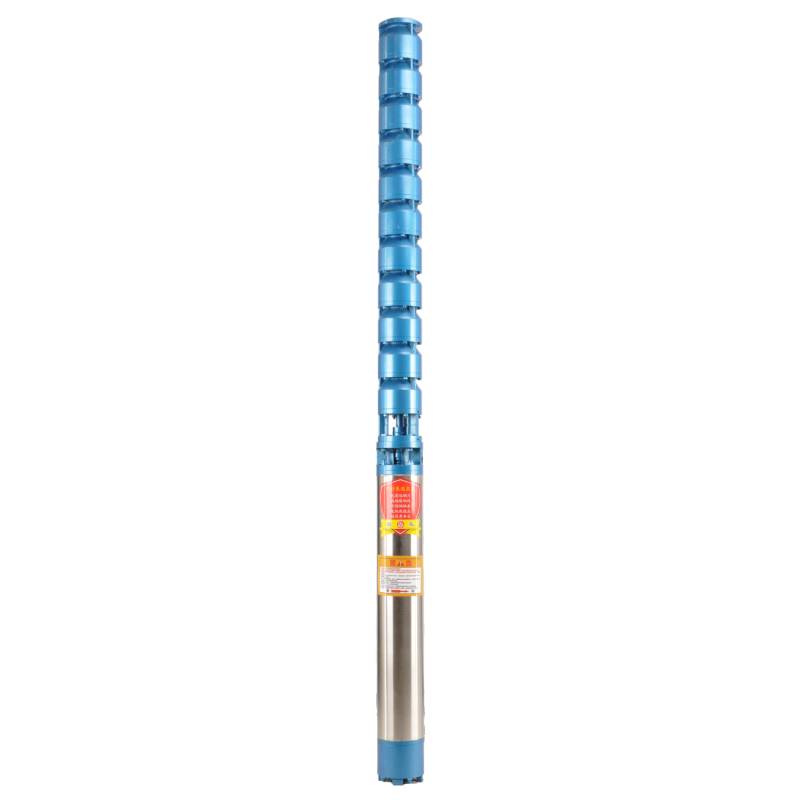Nov . 10, 2024 00:30 Back to list
Understanding the Operating Principles of Submersible Pumps and Their Applications
How Does a Submersible Pump Work?
Submersible pumps are essential devices used for a variety of applications, ranging from draining water in flooded areas to providing fresh water for irrigation and drinking. Unlike surface pumps that sit above the water level, submersible pumps operate underwater, leveraging the natural pressure of the liquid to facilitate efficient pumping. Understanding how these pumps work is crucial for anyone involved in water management or looking to install such systems.
Basic Principles of Operation
The fundamental operation of a submersible pump is based on the principles of fluid dynamics. These pumps consist of a hermetically sealed motor and a pump body, designed to function underwater. The motor is typically located at the bottom of the pump, submerged in the fluid it is meant to pump. This configuration provides several advantages, including increased efficiency and the ability to lift water from deep wells or underground sources.
Components of a Submersible Pump
A standard submersible pump is composed of several critical components - Electric Motor This powers the pump. To prevent damage from water exposure, the motor is sealed and specially designed to operate underwater. - Pump Body This is where the fluid enters and is pumped out. Inside the pump body, impellers and volutes facilitate the movement of the liquid through the system. - Discharge Head This is the exit point for the pumped liquid. It connects to the piping system that transports water to its intended destination. - Float Switch In many designs, a float switch is included to auto-operate the pump based on water levels, ensuring that the pump activates or deactivates as needed.
Mechanism of Action
When the pump is activated, the electric motor turns the impellers located within the pump body. These impellers spin rapidly, creating a drop in pressure at the center of the pump. The surrounding atmospheric pressure then forces the water into the impellers, where it is propelled outward through the volute casing, increasing its velocity.
how does a submersible pump work

The liquid is then directed through the discharge head, where it is released into the required conduit—whether that be a pipe, hose, or other transportation system. The entire process relies on the balance of pressure created by the impellers, ensuring smooth and efficient movement of water.
Applications
Submersible pumps have a wide range of applications. In residential settings, they are often used for tasks like draining pools or basements, as well as supplying potable water from wells. In agricultural contexts, they are crucial for irrigation systems that require consistent water supply. Moreover, submersible pumps play a vital role in industrial applications, including wastewater management systems, where they efficiently remove sewage or industrial effluent.
Advantages of Submersible Pumps
Submersible pumps offer several benefits over traditional surface pumps - Efficiency These pumps are generally more energy-efficient due to their submerged design, which allows them to work with the surrounding pressure. - Compact Size Their design makes them ideal for tight spaces or environments where surface pumps would be impractical. - Reduced Noise Operating underwater, submersible pumps generate less noise compared to surface-mounted pumps, making them preferable in residential areas.
Conclusion
In conclusion, submersible pumps are powerful tools that harness the principles of fluid dynamics to effectively move water from one location to another. Their design, functionality, and various applications demonstrate their importance in both residential and industrial settings. By understanding how they work, users can better appreciate their role in efficient water management and consider their value in specific scenarios where water handling is paramount. Whether for pumping fresh water, draining excess water, or managing wastewater, submersible pumps stand out as versatile solutions for numerous challenges.
-
Submersible Water Pump: The Efficient 'Power Pioneer' of the Underwater World
NewsJul.01,2025
-
Submersible Pond Pump: The Hidden Guardian of Water Landscape Ecology
NewsJul.01,2025
-
Stainless Well Pump: A Reliable and Durable Pumping Main Force
NewsJul.01,2025
-
Stainless Steel Submersible Pump: An Efficient and Versatile Tool for Underwater Operations
NewsJul.01,2025
-
Deep Well Submersible Pump: An Efficient 'Sucker' of Groundwater Sources
NewsJul.01,2025
-
Deep Water Well Pump: An Efficient 'Sucker' of Groundwater Sources
NewsJul.01,2025
-
 Submersible Water Pump: The Efficient 'Power Pioneer' of the Underwater WorldIn the field of hydraulic equipment, the Submersible Water Pump has become the core equipment for underwater operations and water resource transportation due to its unique design and excellent performance.Detail
Submersible Water Pump: The Efficient 'Power Pioneer' of the Underwater WorldIn the field of hydraulic equipment, the Submersible Water Pump has become the core equipment for underwater operations and water resource transportation due to its unique design and excellent performance.Detail -
 Submersible Pond Pump: The Hidden Guardian of Water Landscape EcologyIn courtyard landscapes, ecological ponds, and even small-scale water conservancy projects, there is a silent yet indispensable equipment - the Submersible Pond Pump.Detail
Submersible Pond Pump: The Hidden Guardian of Water Landscape EcologyIn courtyard landscapes, ecological ponds, and even small-scale water conservancy projects, there is a silent yet indispensable equipment - the Submersible Pond Pump.Detail -
 Stainless Well Pump: A Reliable and Durable Pumping Main ForceIn the field of water resource transportation, Stainless Well Pump has become the core equipment for various pumping scenarios with its excellent performance and reliable quality.Detail
Stainless Well Pump: A Reliable and Durable Pumping Main ForceIn the field of water resource transportation, Stainless Well Pump has become the core equipment for various pumping scenarios with its excellent performance and reliable quality.Detail
